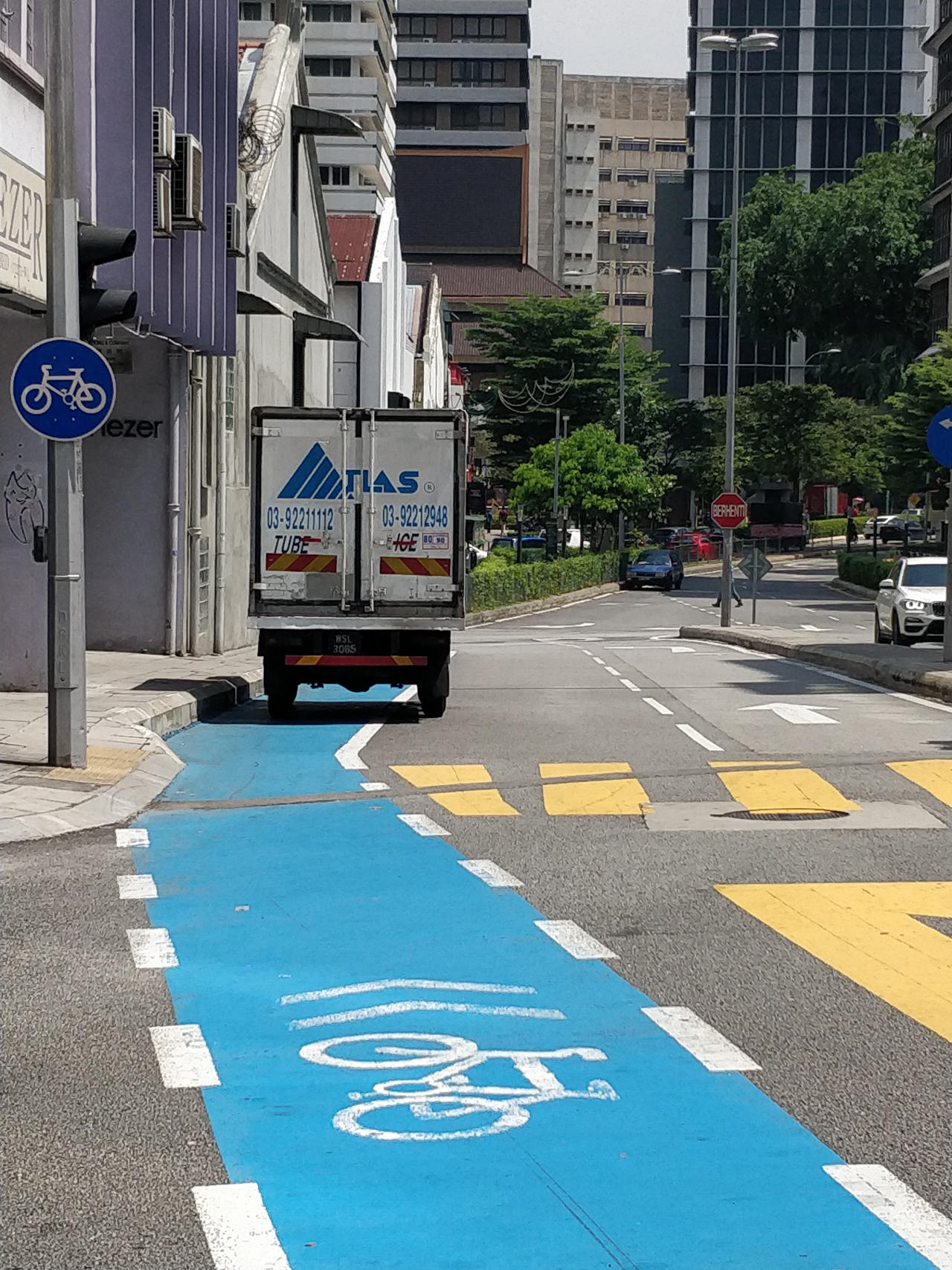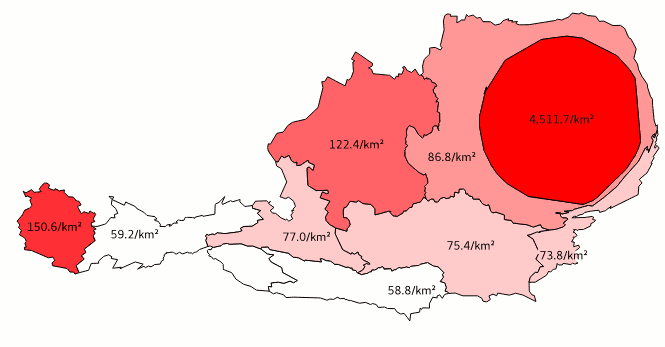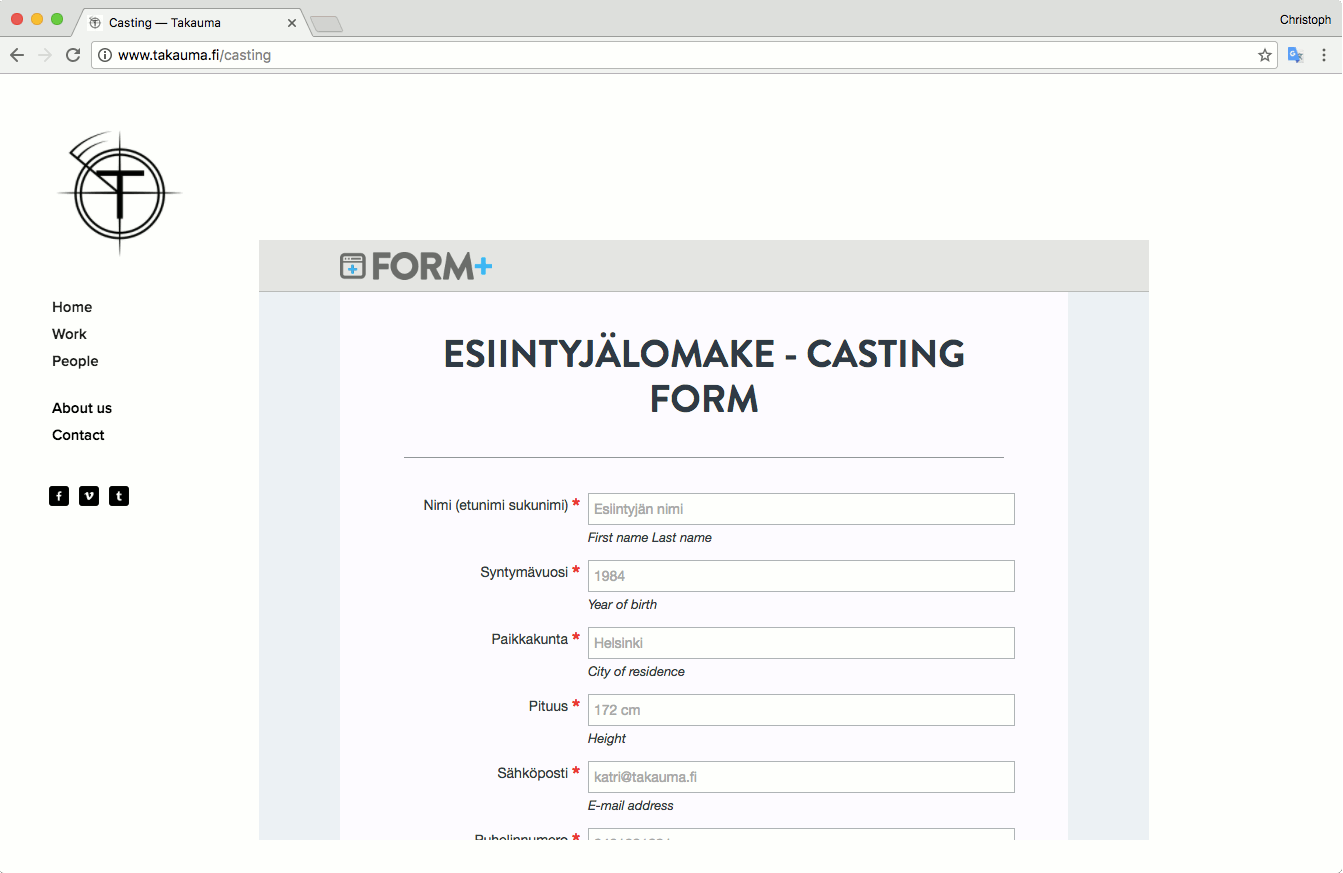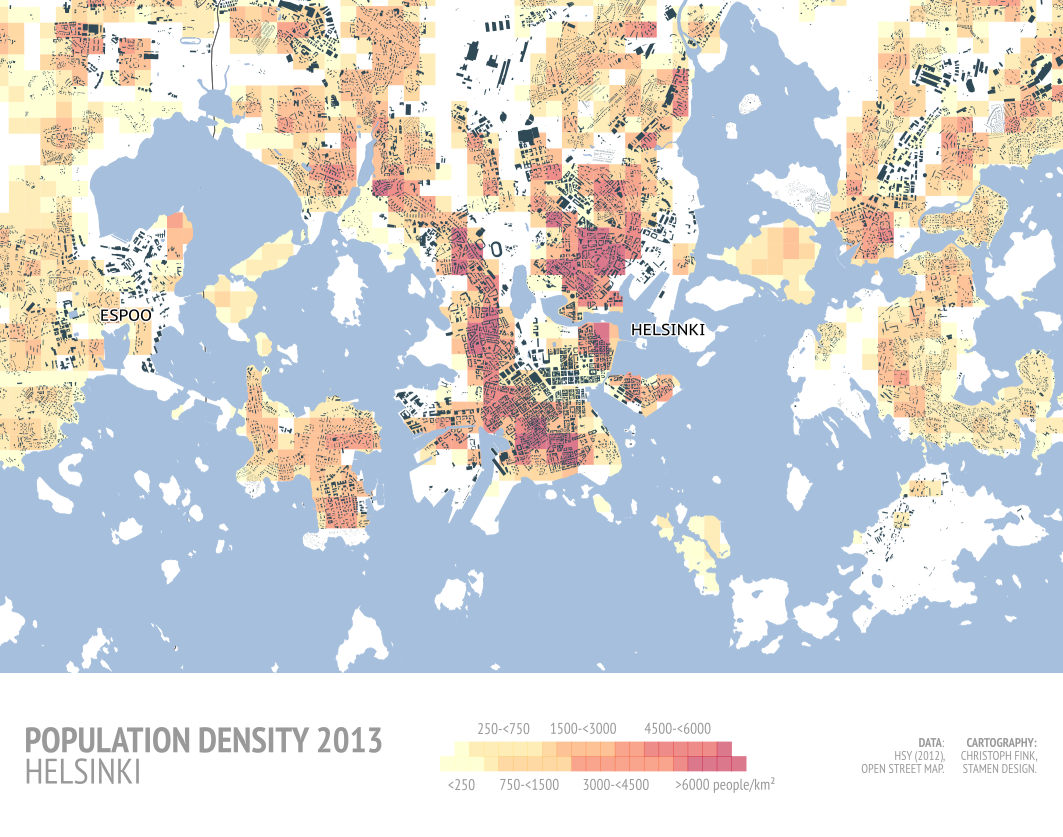-

Change society, not (only) infrastructure!
An essay I wrote for the “Unraveling the cycling city” MOOC of the University of Amsterdam
-

Cartogram Plugin for QGIS3
I rewrote a popular plugin for QGIS3 -> better performance, more features
-

Helsinki Street Casting: a Google Apps Script love story
Uploading directly to Google Drive and Spreadsheets
-

Euler to Axis-Angle converter
convert 3D component rotations to an angle-axis representation
-

austromorph.space
anamorphic maps to represent Austria’s social topography
